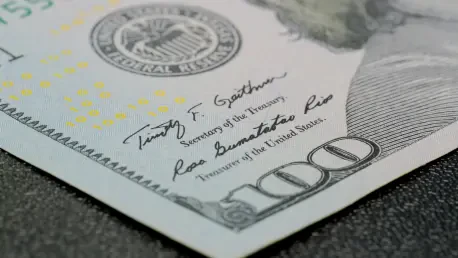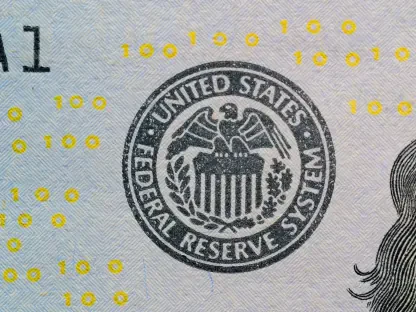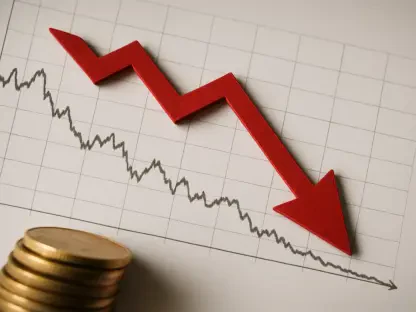In a landscape where economic strategies are constantly evolving, the Federal Reserve’s steadfast decision to maintain interest rates has sparked significant debate. Against a backdrop of President Trump’s aggressive tariff policies, this choice stands at a crucial intersection of monetary policy and economic growth, drawing criticism from influential figures such as JD Vance. The potential strain resulting from consistent rates coupled with the impact of tariffs has economists and political leaders contemplating the future course of the United States economy.
The Controversy Over Interest Rates: Economic Strategies at Play
The controversy surrounding the Federal Reserve’s interest rate policy has captured attention both within and outside political circles. At the heart of the discussion is whether the Fed is causing more harm than good by not reducing rates amidst the economic pressures exerted by tariffs. JD Vance, echoing sentiments from the Trump administration, has been vocal in his criticism, labeling the Fed’s decision as “monetary malpractice.” This criticism roots from core inflation data displaying lower-than-anticipated growth, which is seen by some as a signal to cut rates.
Meanwhile, Jerome Powell, Chair of the Federal Reserve, maintains a cautious approach, emphasizing the importance of monitoring the full spectrum of tariff impacts on inflation before making hasty policy changes. The Fed argues that stable rates are crucial as they assess how tariffs might influence consumer prices in the long term. Powell recognizes the potential for tariffs to spur inflation and economic slowdown yet remains circumspect about their lasting effects.
Divergent Opinions: Economic Leaders and Public Engagement
The discourse is enriched by varied responses from economic leaders and experts. While JD Vance aligns with the view that reducing rates could accelerate economic growth and mitigate tariff impacts, Powell adopts a more reserved stance, focusing on long-term stability rather than short-term gains. These opposing views have been debated across numerous panel discussions, reflecting the broader debate between immediate economic stimulus and cautious monetary adjustments.
Public involvement in this debate has been evident through a series of workshops and interactive sessions aimed at gauging sentiment and fostering understanding of these policies. These engagements have revealed a divide in public opinion, with some individuals advocating for rapid policy changes and others supporting the Fed’s prudent approach. Such sessions have proven instrumental in highlighting the complexities and multifaceted opinions surrounding this economic issue.
Technological Advancements and Economic Dynamics
An intriguing aspect of the current economic climate is the influence of technology and innovation. Emerging technologies continue to adapt amid these uncertainties, with businesses and consumers closely watching the Fed’s policies and tariff impacts. Some innovations could help cushion potential economic strain by improving productivity and efficiency. Nevertheless, the relationship between steady rates and technological advancement remains a focal point for policymakers considering economic resilience in the face of global shifts.
Long-Term Impacts and Future Considerations
The unfolding scenario presents a critical moment for policymakers. Steady interest rates in this challenging context could redefine economic strategies and influence industrial trends in the coming years. The juxtaposition of immediate political pressures against long-term economic rationale requires careful balancing. As the Federal Reserve continues its prudent path, the effects of its actions in responding to tariff impacts and inflation will likely shape future policy development and geopolitical relationships. Going forward, aligning these economic strategies with technological advancements and global market shifts will be pivotal in navigating the complexities of modern economic landscapes.









